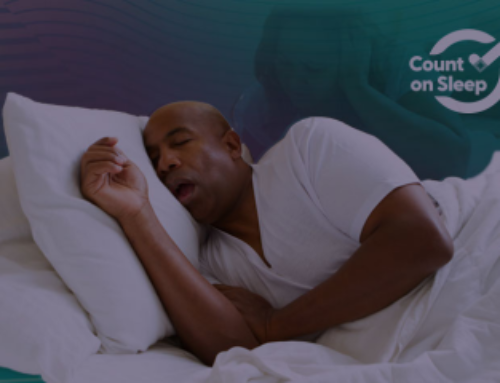A new CDC report indicates that the U.S. adult obesity rate has risen sharply in the past few years, despite a push to eat healthier.
The age-adjusted adult obesity rate climbed to nearly 38 percent in 2013-14, up from 35 percent in 2011-2012. The youth obesity rate held steady at 17 percent.
One of the major health risks linked with obesity is obstructive sleep apnea (OSA). It involves repetitive breathing pauses that occur during sleep. The most common warning sign for sleep apnea is loud and frequent snoring.
Thin people also can have sleep apnea. But a major risk factor for sleep apnea is excess body weight. An adult with a body mass index (BMI) of 30 or higher is considered to be obese. The risk of sleep apnea increases with the amount of excess body weight.
Weight loss can reduce the severity of sleep apnea. But it is unlikely to cure OSA. The most effective treatment for sleep apnea is CPAP therapy. CPAP provides gently pressurized air through a mask that you wear during sleep. The airflow keeps your airway open and restores normal breathing.
Other warning signs for sleep apnea include choking, gasping, or silent pauses in breathing during sleep. Don’t ignore the warning signs. Pledge to “Stop the Snore” and talk to a doctor about sleep apnea.
Read the CDC report: Prevalence of Obesity Among Adults and Youth: United States, 2011–2014





